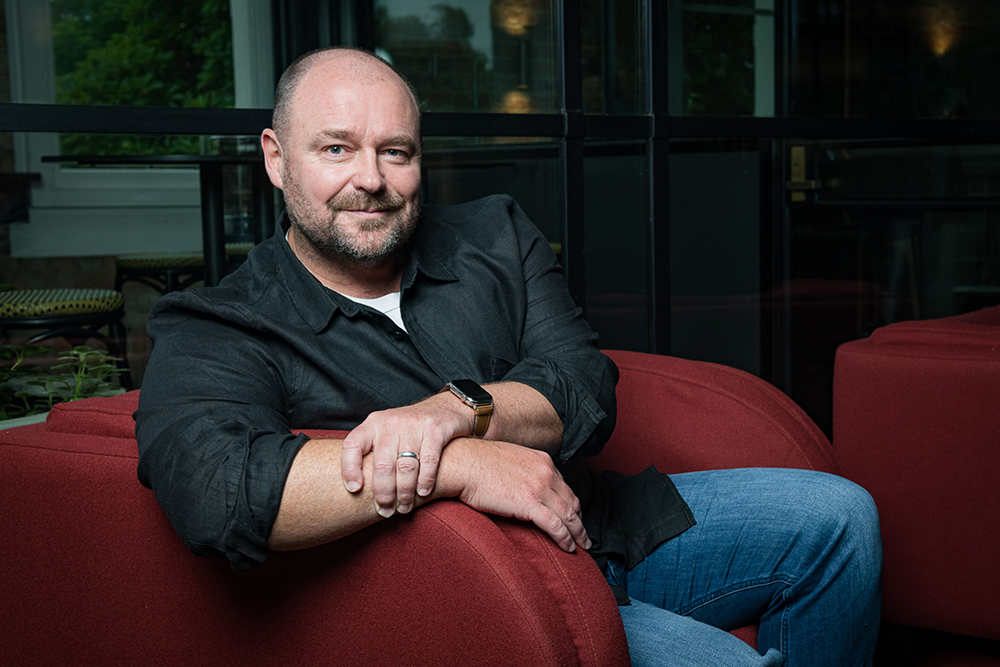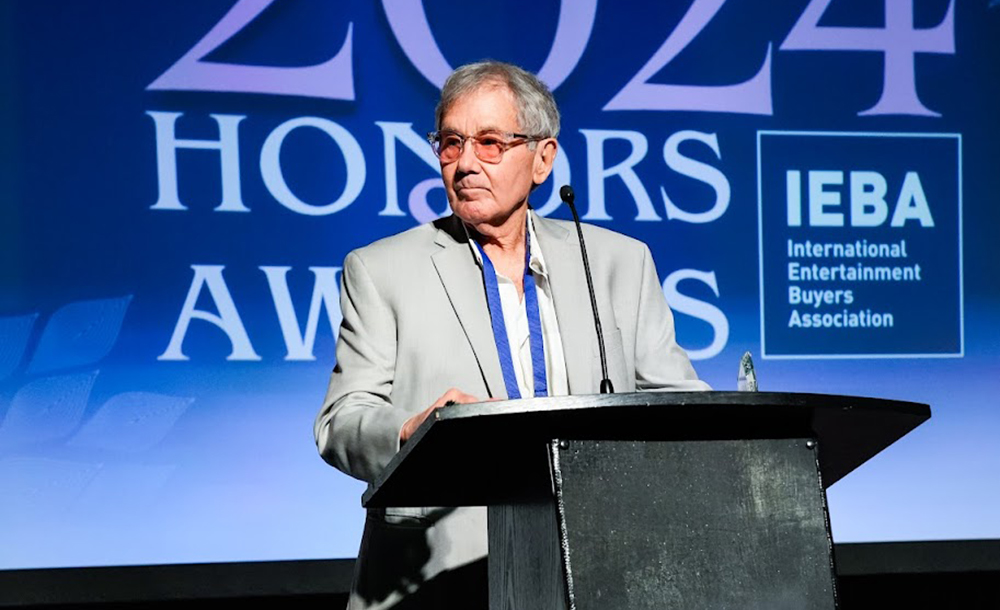
NEW YORK (CelebrityAccess MediaWire) — Cyril M. Harris, an acoustical engineer responsible for the sound in many of the most prominent concert halls, theaters and auditoriums in the United States, including the Metropolitan Opera and Avery Fisher Hall in New York, died on Tuesday at his home in Manhattan, according to the New York Times. He was 93.
His death was confirmed by his daughter, Kate.
Mr. Harris was a traditionalist intent on taking the full, resonant sound of the great 19th-century concert halls to their modern descendants, whose cleaner, less ornamented architecture often proved fatal to classical music. In an age of steel, glass and concrete, he favored wood and plaster, an approach that proved highly successful in a string of triumphs that began in 1966 with the Metropolitan Opera, whose acoustics he designed with the Danish engineer Vilhelm Jordan, according to the New York Times.
After the Met, he was hired as a consultant on Powell Symphony Hall in St. Louis, the Great Hall at the Krannert Center for the Performing Arts in Urbana, Ill., the three theaters of the John F. Kennedy Center for the Performing Arts in Washington, Orchestra Hall in Minneapolis, Symphony Hall (now Abravanel Hall) in Salt Lake City, the renovation of the New York State Theater at Lincoln Center and, when he was in his 80s, Benaroya Hall in Seattle.
All told, he designed the acoustics for more than 100 halls, most recently the Conrad Prebys Concert Hall at the University of California, San Diego, which opened in 2009.
It was the renovation of Avery Fisher Hall at Lincoln Center in the mid-1970s that put the seal on Mr. Harris as the pre-eminent acoustical engineer in the United States. The hall had been cursed with a long list of acoustical problems from the day it opened in 1962 as Philharmonic Hall and had defeated nearly every effort to overcome its dead spots and lack of reverberation.
Mr. Harris advised the architects Philip Johnson and John Burgee to start from scratch. Concrete floors were replaced with wood, and the ceiling plaster was thickened. Away went the curved side balconies and curved back wall that Mr. Harris had identified as obstacles to the proper diffusion of sound.
Harold C. Schonberg, the classical music critic for The New York Times, wrote that Mr. Harris’s acoustical makeover had transformed the hall from “a horror to one of the important acoustic installations of the world,” according to the New York Times.
Reviewing the New York Philharmonic’s inaugural concert in the hall, on Oct. 19, 1976, he wrote: “Single instruments stood out in relief. It was almost as if the Philharmonic were one large chamber group. In any part of the dynamic range, too, from the wispiest pianissimo to the most stupendous forte, Fisher Hall came through with extraordinary clarity.”
Mr. Harris, judging the result in an interview with Newsweek, said: “I think that my greatest pleasure comes from hearing the musicians say that they don’t have to bow or blow so hard — that I’ve added 10 or 20 years to their careers.”
Cyril Manton Harris was born on June 20, 1917, in Detroit. His father, a physician, died in the flu epidemic of 1918, and he was reared as an only child by his mother in Hollywood. He first became interested in acoustics on frequent visits to the Warner Brothers studios, across the street from his junior high school. At the time, the studio’s technicians were trying to bring sound to pictures.
He attended the University of California, Los Angeles, where he earned a bachelor’s degree in mathematics in 1938 and a master’s degree in physics in 1940. At the Massachusetts Institute of Technology he received his doctorate in physics in 1945 and did consulting work on the side, providing solutions to problems like whistling steam pipes and loudly shuddering air-conditioning systems.
While employed as a research engineer for Bell Telephone Laboratories in Murray Hill, N.J., he helped develop a talking typewriter and wrote papers on room acoustics, sound absorption and acoustic impedance. He also wrote, with Vern O. Knudsen, “Acoustical Designing in Architecture,” the first of several standard works on acoustics and architecture.
In 1949 he married Ann Schakne, later a book editor at Harper & Row and Bantam, who survives him. In addition to his daughter, of Arlington, Mass., he is survived by a son, Nicholas, of Edmonton, Alberta, and three grandchildren, according to the New York Times.
In 1952 Mr. Harris accepted a teaching post at Columbia University, where he was professor of electrical engineering in the engineering school and, from 1974 to 1984, the chairman of the division of architectural technology in the graduate school of architecture and planning. One of his first consulting jobs in New York was for Cinema 1 and 2, across the street from Bloomingdale’s.
Although he looked to traditional European concert halls or older American performance spaces like Symphony Hall in Boston or Carnegie Hall in New York as models, he often proposed modern equivalents of old solutions. In Minneapolis, for example, he devised a 20th-century counterpart of a 19th-century coffered ceiling by setting plaster cube-like forms into the ceiling.
Dissonant notes occasionally disturbed the chorus of adulation. Although the acoustics at the Kennedy Center’s concert hall were pronounced excellent by most critics, musicians griped that they could not hear one another. It was renovated in 1997.
Opinion about Avery Fisher Hall also cooled somewhat over time; the bass remained weak, and brass instruments blared, critics complained. In 1992, the acoustical engineer Russell Johnson was hired to improve the sound onstage.
In 1982, Mr. Harris and the architect I. M. Pei clashed over plans to renovate the Vivian Beaumont Theater in Lincoln Center, and Mr. Pei quit the project, which then collapsed.
In the early 1980s, the owners of “21” turned to Mr. Harris for advice on how to tamp down the noise in the Grill Room. He assessed the situation and offered a simple recommendation: do nothing. “Everyone who goes to that room loves the noise,” he said.
According to the New York Times.

































































